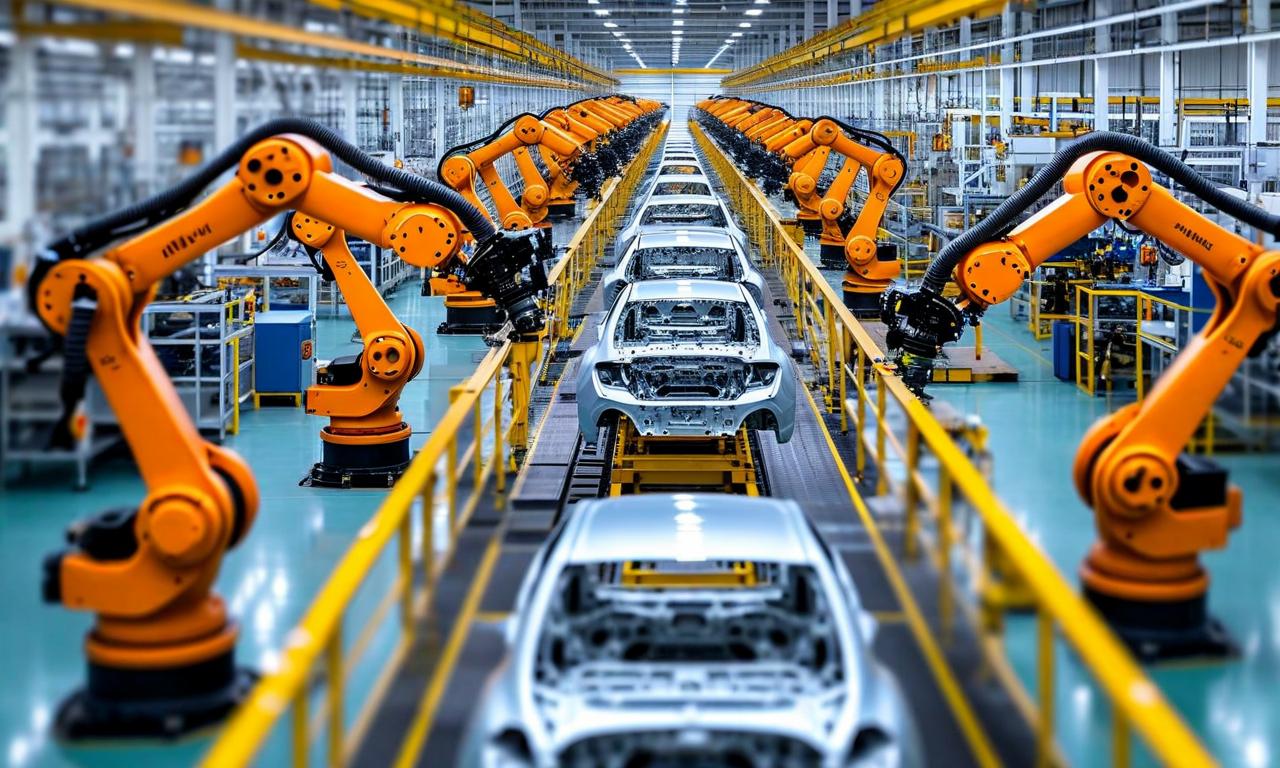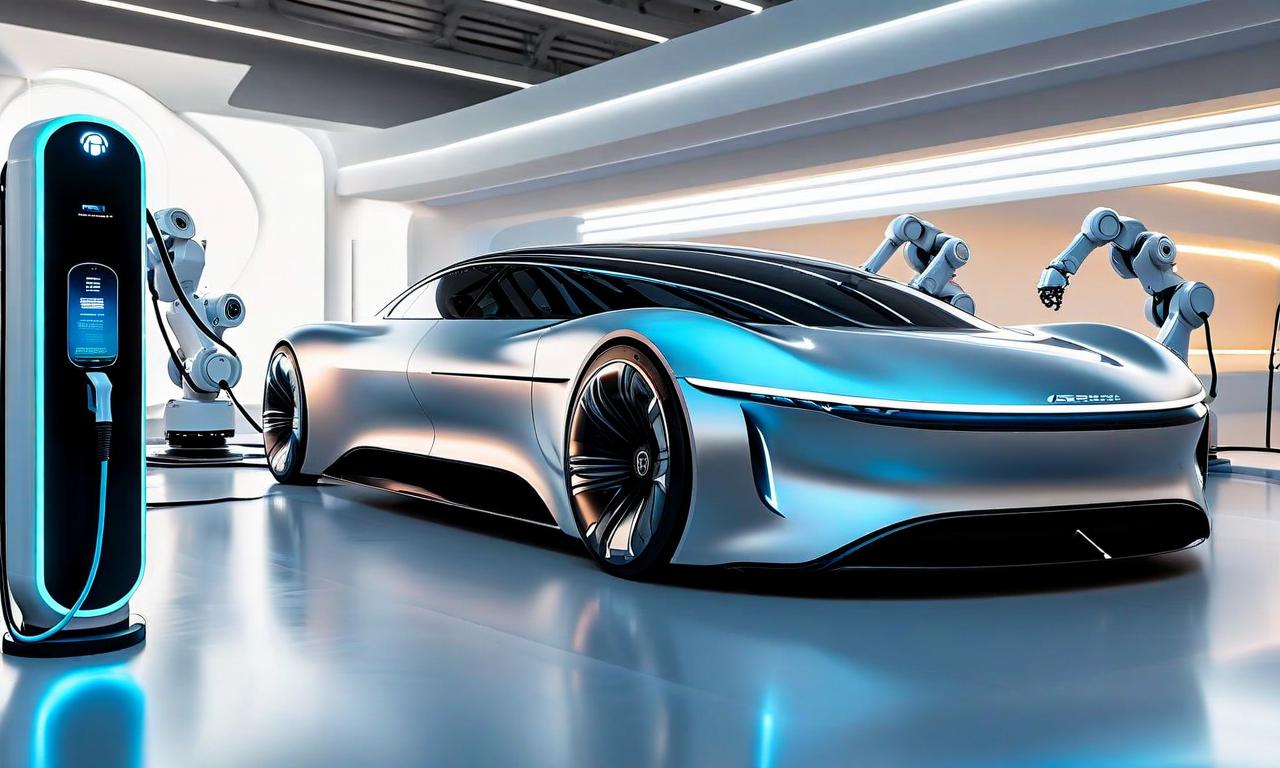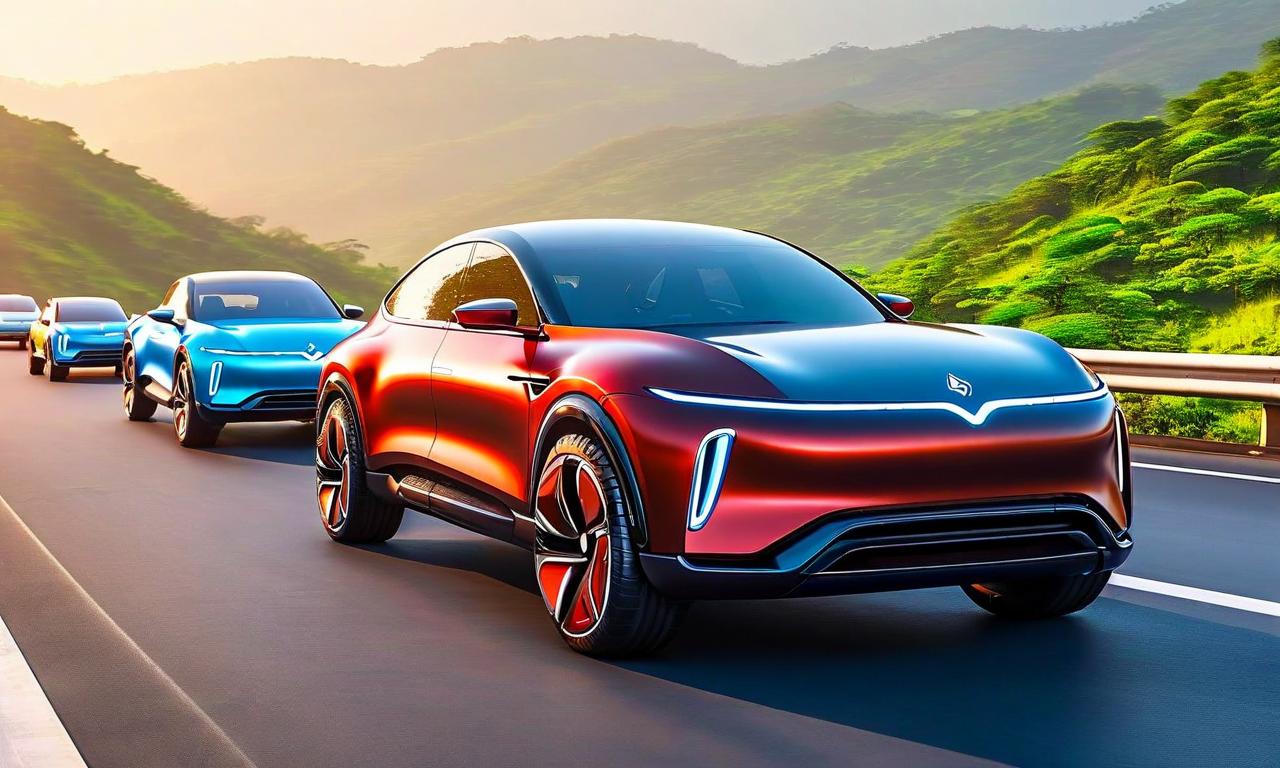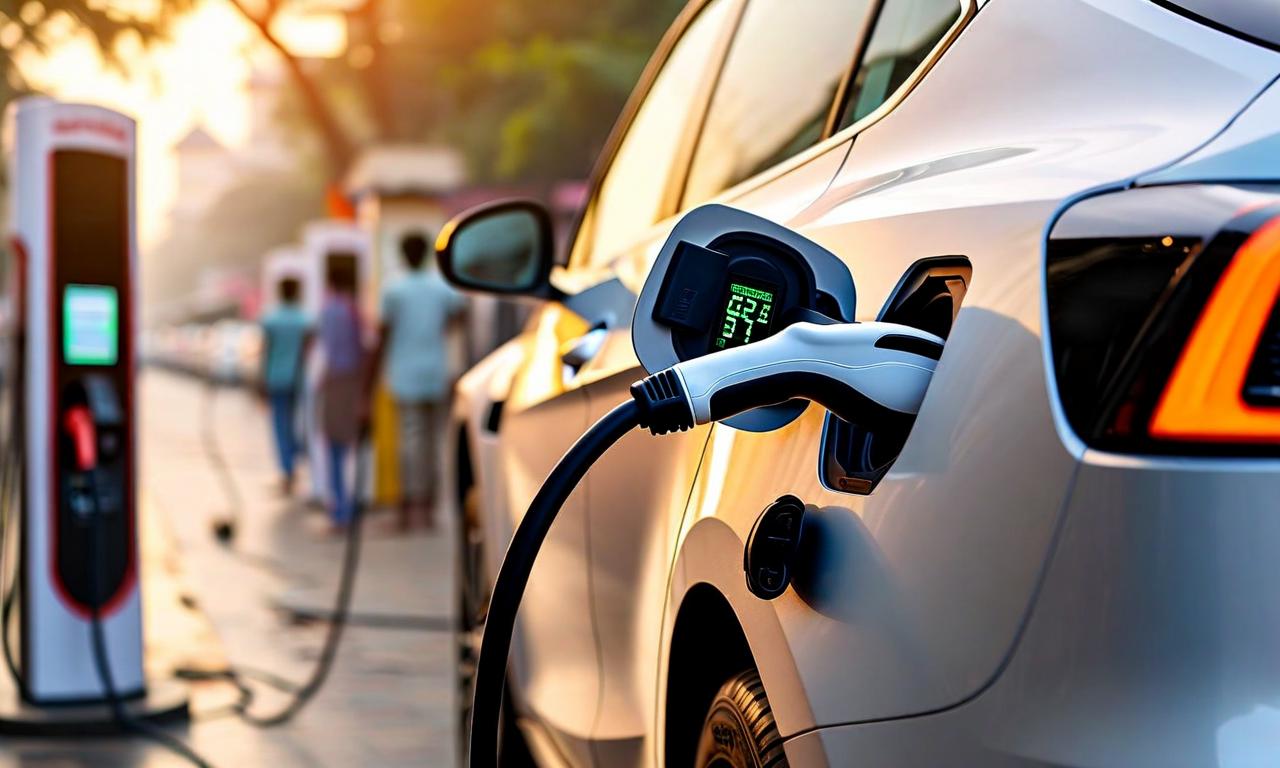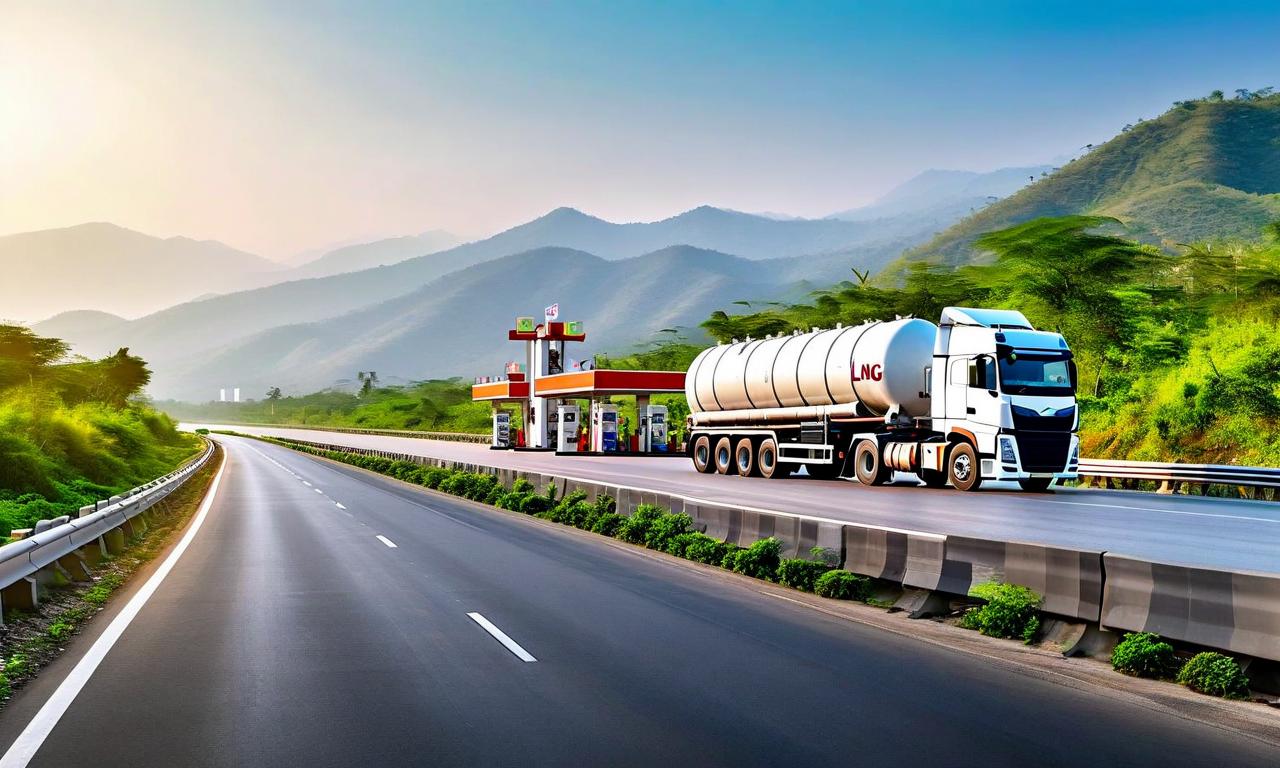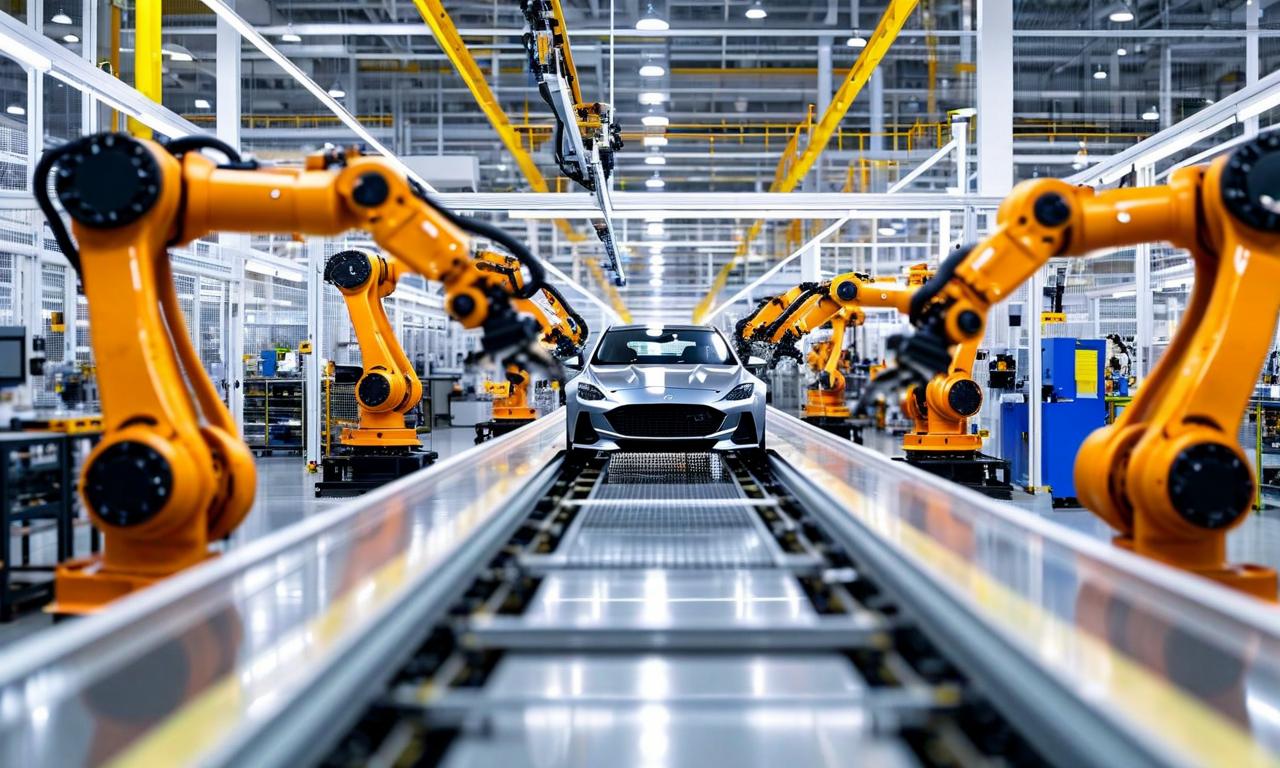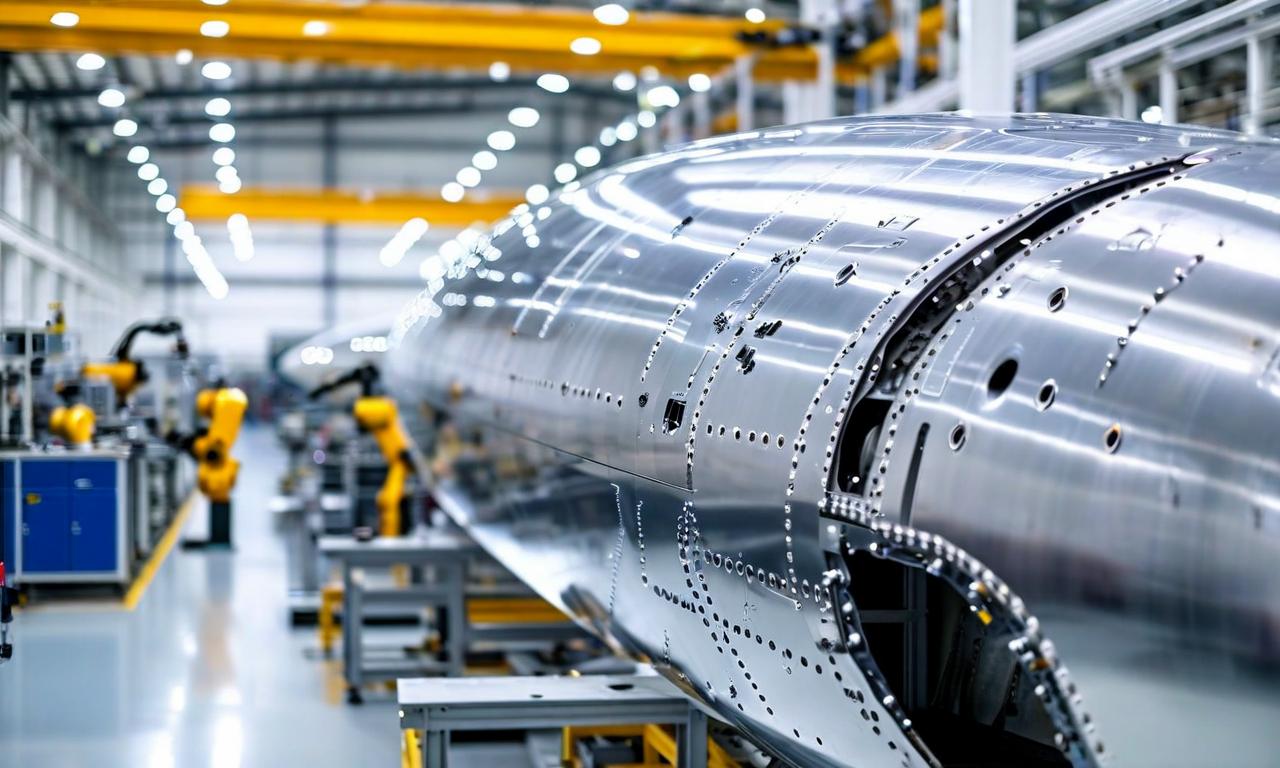Tata Motors Projects Mixed Outlook: Strong PV Growth in India, JLR Faces Challenges
Tata Motors projects robust growth for Indian passenger vehicle market, expecting 3-7% full-year growth and double-digit growth in H2. However, Jaguar Land Rover (JLR) faces production challenges, anticipating losses in Q3 and recovery starting Q4. JLR's FY26 projections include 0-2% EBIT margin and negative free cash flow of £2.2-2.5 billion. Q2 FY2026 results show consolidated revenue of ₹87,677.00 crore and net profit of ₹2,597.00 crore.
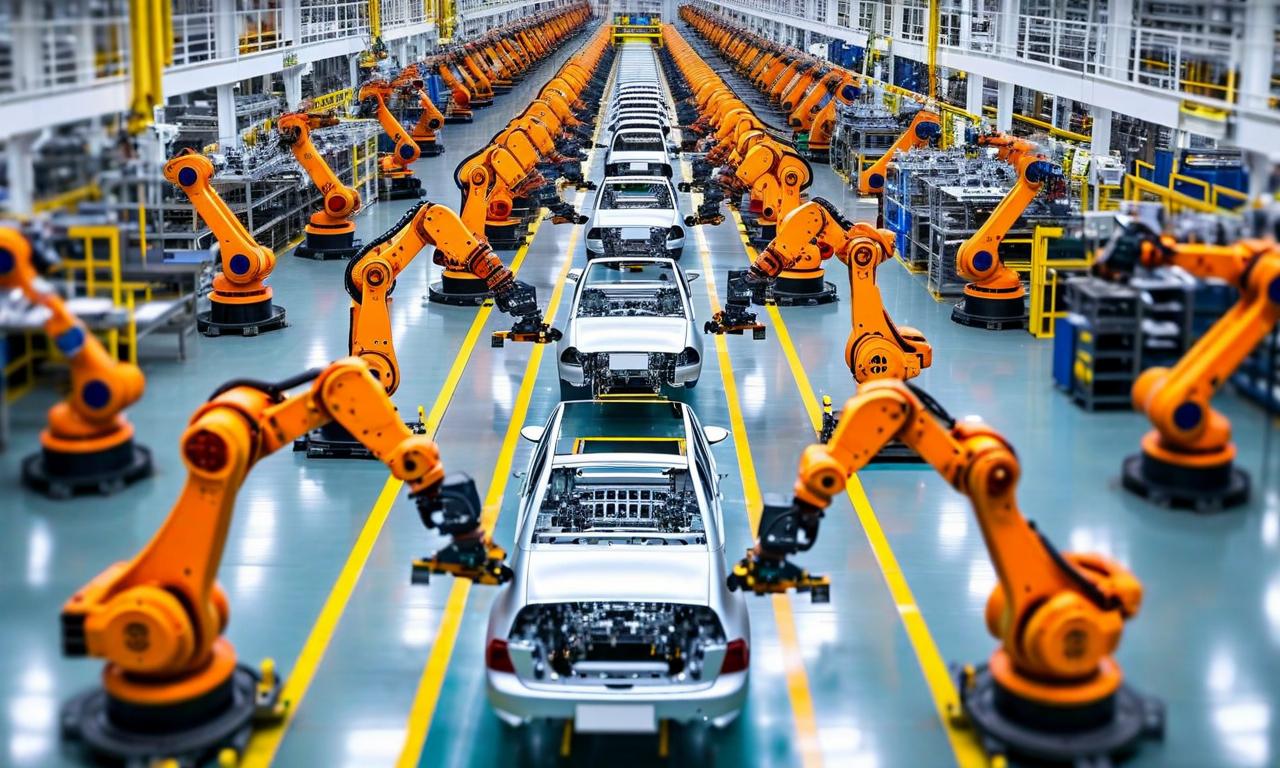
*this image is generated using AI for illustrative purposes only.
Tata Motors, one of India's leading automotive manufacturers, has released a mixed guidance for its various business segments, highlighting both opportunities and challenges in the coming months.
Positive Outlook for Indian Passenger Vehicle Market
The management of Tata Motors expects the Indian passenger vehicle (PV) industry to experience robust growth in the second half of the fiscal year. They project a double-digit growth rate for this segment, indicating strong consumer demand and market resilience in India's automotive sector.
For the full year, Tata Motors anticipates overall growth in the range of 3% to 7% for the Indian PV market. This positive outlook suggests that the company is confident about the recovery and expansion of the domestic automotive industry, despite global economic uncertainties.
Jaguar Land Rover (JLR) Faces Production Hurdles
While the Indian market shows promise, Tata Motors' luxury vehicle division, Jaguar Land Rover (JLR), is expected to encounter significant challenges in the near term:
- Production Losses: JLR anticipates substantial production losses in the third quarter of the fiscal year.
- Recovery Timeline: The company projects that recovery for JLR will only begin in the fourth quarter, indicating a delayed turnaround for this segment.
Financial Projections for JLR
Tata Motors has provided specific financial guidance for its JLR division:
- EBIT Margin: JLR's EBIT (Earnings Before Interest and Taxes) margin is projected to be between 0% and 2% for the fiscal year 2026.
- Free Cash Flow: The company expects negative free cash flow for JLR, ranging from £2.2 billion to £2.5 billion for FY26.
These projections suggest that JLR will face profitability pressures and cash flow challenges in the coming fiscal year.
Q2 FY2026 Financial Highlights
Tata Motors has also released its financial results for the second quarter and half-year ended September 30, 2025. Here are the key consolidated figures:
| Metric | Q2 FY2026 | H1 FY2026 | FY2025 (Full Year) |
|---|---|---|---|
| Total Revenue from Operations | ₹87,677.00 | ₹160,026.00 | ₹366,094.00 |
| Net Profit After Tax | ₹2,597.00 | ₹7,988.00 | ₹19,394.00 |
| Earnings Per Share (Basic) | ₹6.84 | ₹23.16 | ₹54.01 |
The company has shown strong year-over-year growth in revenue and profitability, despite the challenges faced by its JLR division.
Conclusion
Tata Motors presents a contrasting picture across its business segments. While the Indian passenger vehicle market shows promising growth potential, the JLR division faces significant headwinds in production and profitability. The company's ability to navigate these diverse market conditions will be crucial for its overall performance in the coming quarters.
Investors and industry observers will be keenly watching how Tata Motors balances its growth strategies in the booming Indian market with the necessary turnaround efforts for its luxury vehicle segment.


